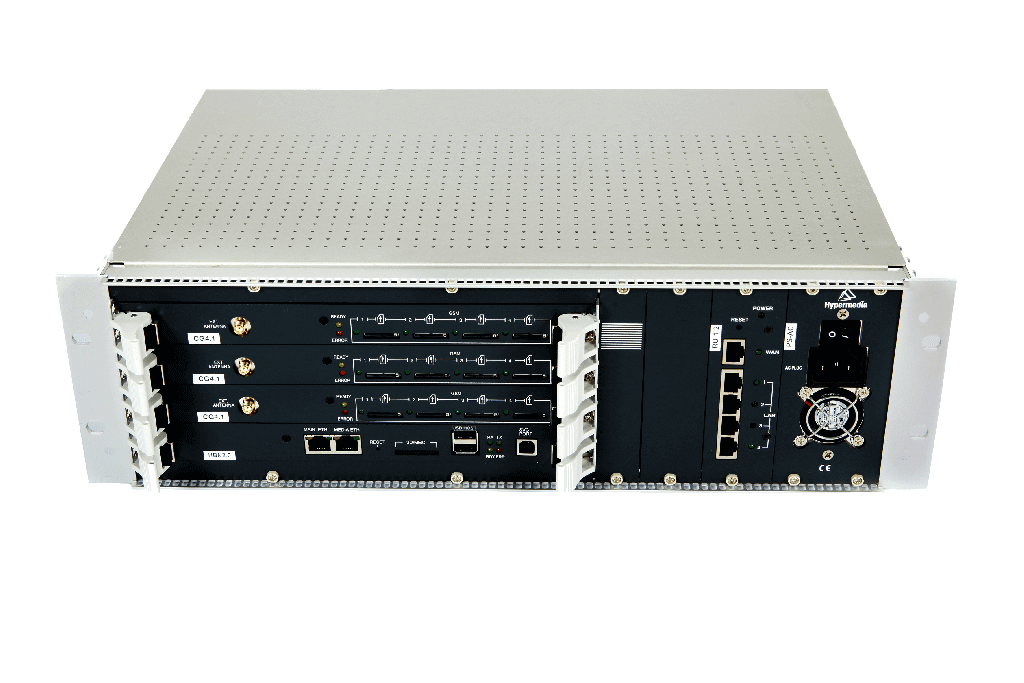An SMS gateway is a practice of forming a telecommunication network which permits a computer system to send or accept Short Message Service (SMS) transmissions to and from a broadcast communications network. It works in different steps; an SMS gateway system allows anyone to send or receive text messages from a computer to a short message service center (SMCS), it then transmits the messages to the mobile phones on its network. Whenever used correspondingly, an SMS gateway can likewise change over a message into different configurations for cross-platform compatibilities, such as if a message is being sent from a computer system. An SMS gateway is particularly helpful for organizations as they need to send messages in mass almost on a regular basis, requiring a specific gateway to deal with all the approaching and active incoming or outgoing messages.
Additionally, since Short Message Service Centers (SMCS) utilize various protocols, this makes it hard to keep the communication with every one of them simultaneously, at the same time to send a similar message. An SMS gateway settles this issue as well since it gives multi-protocol support, permitting the sender to convey messages to different Short Message Service Centers at the same time. These highlights make SMS gateways a significant tool to use for versatile advertising purposes or mobile marketing.
Hardware SMS gateway is a kind of device that allows you to send SMS without an internet connection. It sends the messages directly to GSM, 3G or 4G supported modems. With the passing time and advancements, the 3G or 4G built-in modems have also been introduced in the market in order to make the flow of the work more convenient and accessible. Hardware SMS gateway, also known as SMS servers are crafted to manage or handle the bilateral exchange with the subscribers of the GSM/SMS.
Back in the days, there was a time when SMS gateways used to be a very peculiar and novel concept. It required committed physical hardware to be used. Such hardware would use the SIM cards along with the installed radios and would connect further with a computer to operate as an SMS gateway. In any case, fundamentally, this hardware would work precisely like a mobile phone, when that was able to send the gateway SMS messages only.
However, time changed and with that, the technology got advanced as well. Along with all these changes, building an SMS gateway modernized, permitting flexibility to a greater extent in such a way that the bulk messages could be sent.
An SMS gateway is particularly fruitful for overcoming any issues in broadcast communications or telecommunications brought about by various restrictive protocols utilized by telecommunication companies transmitting around the globe. Basically, an SMS gateway works as a bridge between the multiple protocols, permitting communications to stream smoothly and consistently by translating the messages according to the specifications of the receiving and sending of the corresponding protocols. SMPP that is an abbreviation of Short Message Peer to Peer, is a type of protocol that permits the messages to be forwarded or sent further from the Short Message Service Centers (SMCS) to External Short Messaging Entities (ESMEs). The SMSC is accountable for handling the forwarding, storing of the records of incoming messages, and routing prior to the transmission of the SMS to the receiver. Another example of the protocol can be the Computer Interface to message distribution (CIMD) that is used by the SMSCs.
A few SMS gateways likewise offer help for HTML/HTTPS interfaces too, which are seemingly more comfortable to utilize compared with protocols accessible under SMSC. However, as it may, an HTML/HTTPS interface probably won't have the same number of SMS specific features contrasted with an SMSC protocol.
















